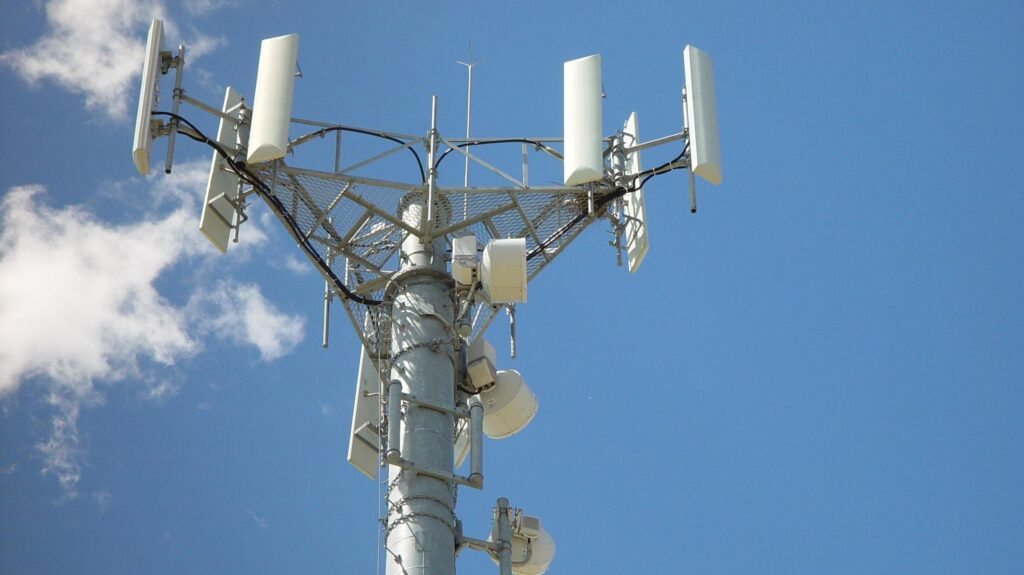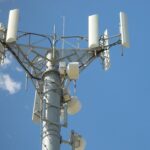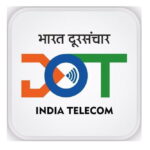The Department of Telecommunications (DoT) on Tuesday in a forward-looking step has reduced the security clearance criteria for offering mobile network connectivity in towns and villages along India’s international borders. A move which is being looked upon as a step toward increasing the ease of doing business in the telecom sector and facilitating the faster rollouts of 5G networks across the country.
The existing regulatory framework (Section 8.1 of Unified License) required the telecom operators to position the mobile towers and transceivers at a considerable distance from the international border, such that the network coverage would fade away as one approaches the actual border. The telcos sometimes even had to deploy infrastructure to attenuate the mobile signals along the border areas and make them unusable.
The licensor reserves the right to modify the terms and conditions of the licence if it’s necessary or expedient to do so in public interest, or in the interest of the security of the state, or for proper conduct of the telegraphs.
the DoT said in a notification amending the rules around providing telecom connectivity near the international border areas.
Currently, many Indian citizens living in the border villages latch on to mobile signals from Pakistan, China and Bangladesh as mobile coverage of domestic carriers is weak in the border areas. This is now set to change with the easing of security clearance criteria required to be met by the operators.
Following the amendment, mobile operators will not require approvals from local Army authorities or DoT for setting up base stations, cell sites and radio transmitters in areas within 10 kms of the Line of Control (LoC), the Line of Actual Control (LAC) and the international border between Akhnoor (in J&K) and Pathankot. The same will be applicable for offering machine-to-machine (M2M) communication services as well, which will enable them to provide smart connectivity solutions in these areas.








@esmail in n28 10 mhz is allocated to india railway and 5 mhz is reserve for it.
Yes that’s right. Actually from the 10 MHz it’s 5 MHz for Indian railway and 5 MHz for RRTS and Metro and Railway wants additional 5 MHz so it’s reserved for them. But Jio has suggested Dot to ask railway and RRTS to share spectrum as a common 10 MHz block so that the 5 MHz can remain for telecom use. Jio has also offered to cater to railway needs through network slicing and giving them a dedicated slice from its holding, if they make more spectrum available for telecom use.